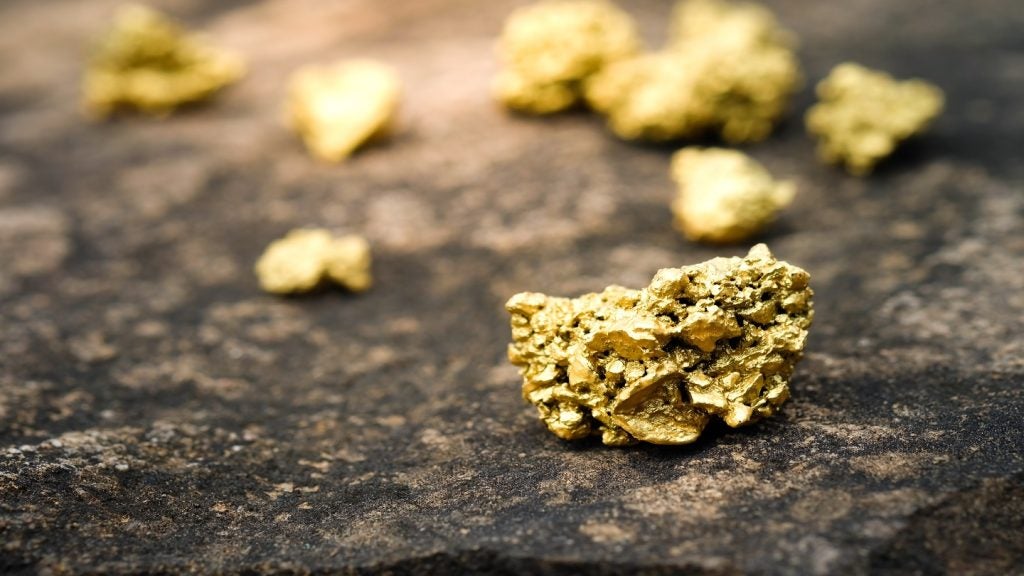ASX-listed LCL Resources has received a forest use permit for the Miraflores gold deposit, part of the company’s Quinchia Gold Project in Colombia.
The company noted that the permit is an important component in the final approval process for the project's advancement.
Last year in October, LCL obtained an environmental licence for the Miraflores deposit.
The company has expressed that the environmental licence award, coupled with recent corporate activities involving other Colombian-focused gold miners and explorers, signals a positive climate for investments in Colombia.
LCL is currently engaging in preliminary talks with various companies interested in advanced gold-copper projects with exploration potential, such as Quinchia, and is reviewing targets with resource upside.
Quinchia Gold Project encompasses a group of porphyry and epithermal gold-copper targets within a 3km radius, bolstered by established mineral resources of 2.6Moz at 1g/t Au from three deposits - Tesorito, Miraflores, and Dosquebradas.
Miraflores represents an advanced segment of the Quinchia Gold Project, with a 457koz Reserve at 3.3g/t Au, outlining an underground mining operation.
In 2022, global mining consultancy Ausenco explored production alternatives for the Quinchia Gold Project, considering factors such as mining sequence, plant size and cost, and open pit/underground permutations.
The Ceibal gold-copper exploration target, also within the 3km radius, was not included in the Ausenco study as a contributor to future production scenarios due to its early exploration stage.
Ceibal, a new discovery made by LCL Resources in 2021 and situated merely 1km southwest of the 1.3Moz Tesorito gold deposit, has been earmarked as a promising target for further detailed review.
It has the potential to contribute additional resources that could be integrated into various production options.
At Ceibal, an 800m x 600m surface Au-Cu-Mo geochemical anomaly, similar in scale to the surface anomaly at Tesorito and believed to have a porphyry origin, has not been explored since mid-2022.









